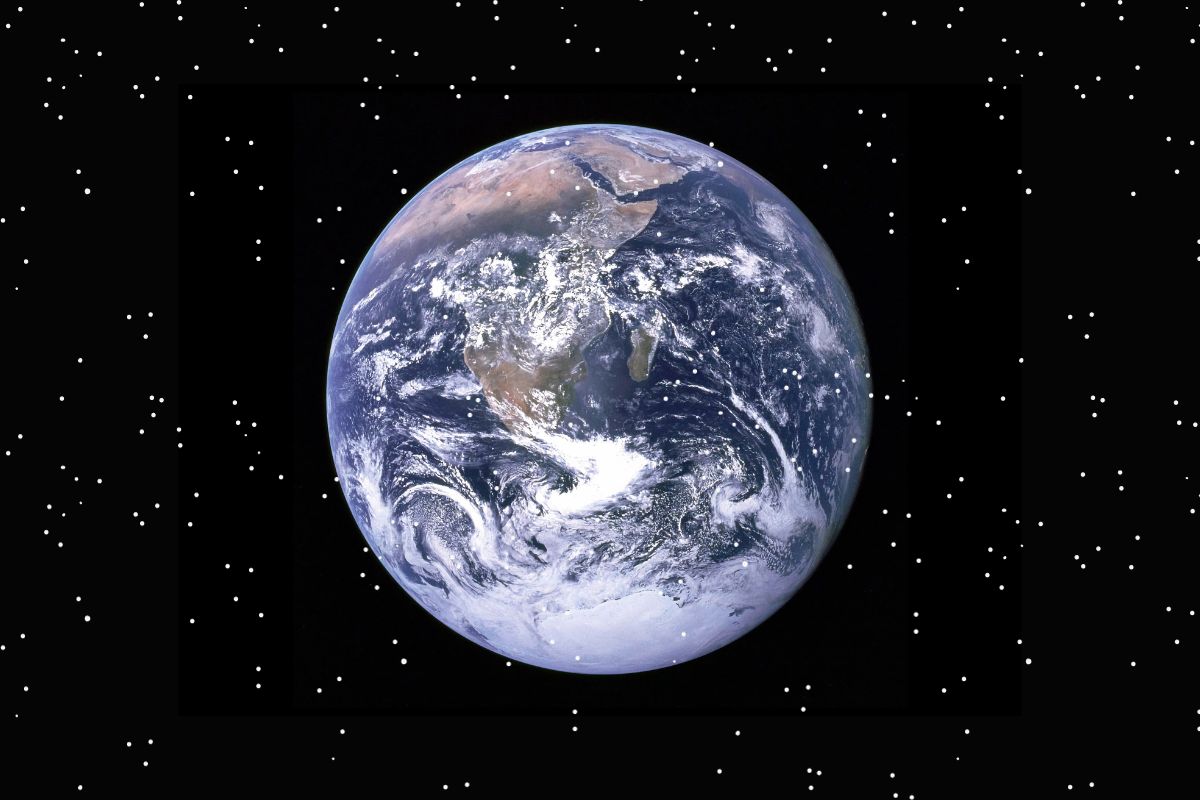A recent scientific breakthrough has led to the creation of an innovative artificial intelligence-driven approach, offering the potential to detect molecular biosignatures on various celestial bodies.
Are we solitary inhabitants of the cosmos? Does life exist beyond Earth’s borders? These inquiries serve as the impetus for our quest to uncover extraterrestrial life. However, life on distant planets might manifest in ways entirely dissimilar to anything we’ve encountered. So, how can we recognize it? A team of American scientists has pioneered an artificial intelligence-driven system, asserting an impressive 90 percent accuracy rate in detecting signs of life.
This AI system isn’t on the lookout for stereotypical green aliens with oversized eyes. Instead, it focuses on subtler indicators that life might have emerged on another celestial body—specifically, molecular biosignatures.
Their findings were initially presented to fellow scientists at the Goldschmidt Geochemistry Conference in Lyon this past July, receiving a favorable reception. Subsequently, the details of this system have been published in the peer-reviewed journal PNAS on Monday.
Lead investigator Robert Hazen, affiliated with the Carnegie Institution’s Geophysical Laboratory and George Mason University, expressed, “This represents a notable leap forward in our capacity to identify biochemical indications of life on distant celestial bodies. It paves the path for the deployment of intelligent sensors aboard unmanned spacecraft for the purpose of scouring for signs of life,” as stated in a press release.
Ever since the groundbreaking Miller-Urey experiment of the 1950s, scientists have been aware that under the appropriate conditions, the combination of basic chemicals can give rise to some of the more intricate molecules essential for life, such as amino acids. Subsequently, many of the intricate building blocks necessary for life as we comprehend it, including the nucleotides essential for DNA synthesis, have been identified in space.
However, the challenge lies in distinguishing whether these molecules originated from biological processes or if they were produced through unidentified natural processes over an extended period. This determination is critical in ascertaining whether we have indeed detected signs of life.
The “life test”
The researchers employed pyrolysis gas-chromatography mass-spectrometry methods (GCMS) to examine 135 diverse carbon-rich samples. These specimens encompassed living cells, aged and deteriorated samples, geologically altered fossil fuels, carbon-rich meteorites, as well as organically synthesized compounds and blends within laboratory settings.
Out of these samples, a total of 59 exhibited a biological origin, which included materials such as a grain of rice, human hair, and crude oil, among others. In contrast, 74 samples were determined to be non-biological in nature, comprising lab-synthesized compounds and specimens obtained from carbon-rich meteorites.
The initial step involved subjecting the samples to pyrolysis, a process conducted in an oxygen-free environment, leading to their decomposition. Subsequently, these decomposed components were scrutinized using a GCMS device, which effectively separated the mixture into its constituent parts and identified them.



